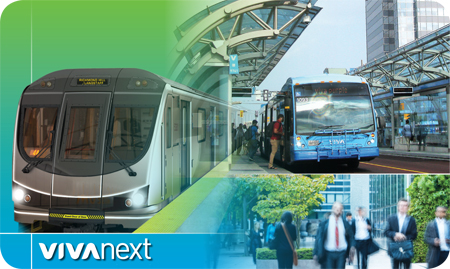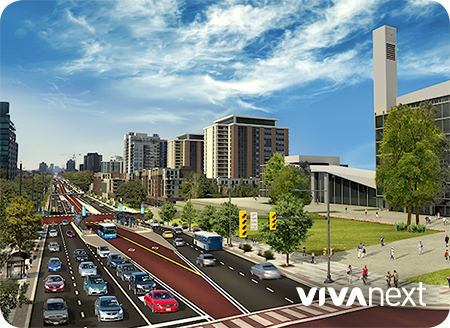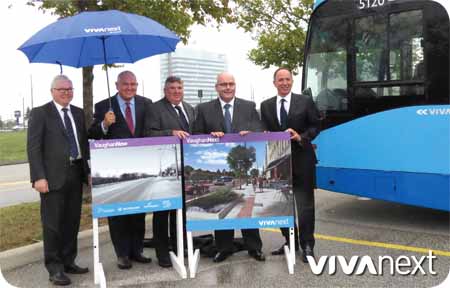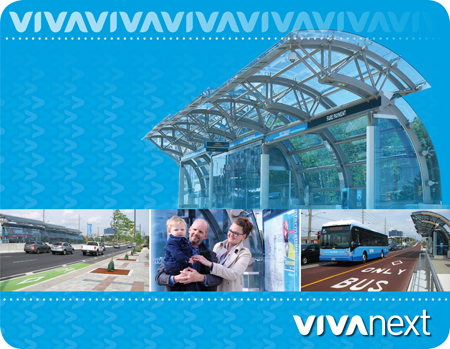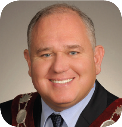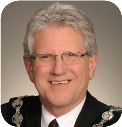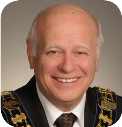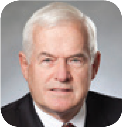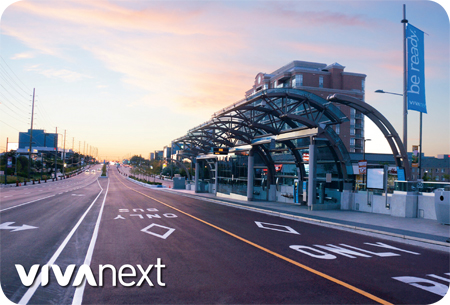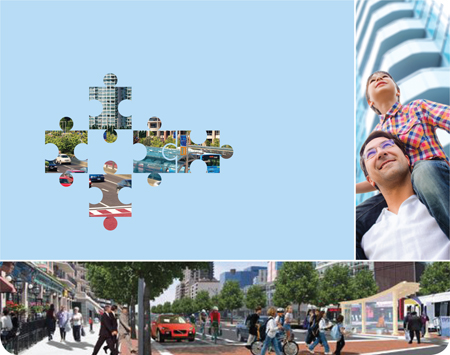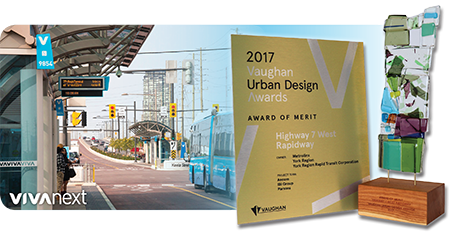
The countdown is on, and we can hardly wait! The first subway in York Region will arrive in just 30 days. The TTC Line 1 subway extension is a game-changer for transit in Vaughan Metropolitan Centre [VMC], York Region, and beyond.
Changes of this magnitude are fueled by the power of collaboration and funding partnerships. Today, vivaNext participated in a media event to kick off the countdown in earnest, along with the Government of Canada, the Province of Ontario, the City of Toronto and the TTC.
mega-connections at VMC
The TTC Line 1 extension isn’t the only connection coming your way. Everything’s changing, and that makes for better, faster transit service.
- The Highway 7 West rapidway between Edgeley Boulevard and Jane Street, including Vaughan Metropolitan Centre Station in the centre of Highway 7, will open for service.
- SmartCentres Place Bus Terminal will begin hosting YRT/Viva soon after.
Imagine, hopping on Line 1 at VMC Station and arriving downtown in just 45 minutes. Or from the subway, connecting directly to our Highway 7 West rapidway, or walking two minutes to the SmartCentres Place Bus Terminal, where YRT/Viva routes branch out across York Region. Soon you won’t have to imagine!
Today’s event was a warm-up for the big celebration on December 17, and you’re invited to share the celebration. Check vivaNext.com/VMCopening for links to detailed information.
award-winning design
In other news, our rapidway in Vaughan is already getting noticed, for the quality of the design and also for the collaboration behind the scenes that makes it all come together.
Earlier this week, we were honoured to receive an Award of Merit from the Vaughan Urban Design Awards for the first phase of our Highway 7 West rapidway. The awards celebrate excellence in architecture, urban design, landscape architecture and environmental stewardship.
The rapidway, running from Jane Street to Bowes Road, was unanimously praised by the jury as “A great example of collaboration and investment between multiple levels of government to demonstrate significance on a city-wide scale.”
The jury also called the rapidway “a catalyst to knit communities together”, noting that the project “presents public transit as a ‘cool and hip’ mode of transportation” and “makes the everyday experience of transit a beautiful one.”
We hope you agree. Riding transit can be a beautiful experience.

